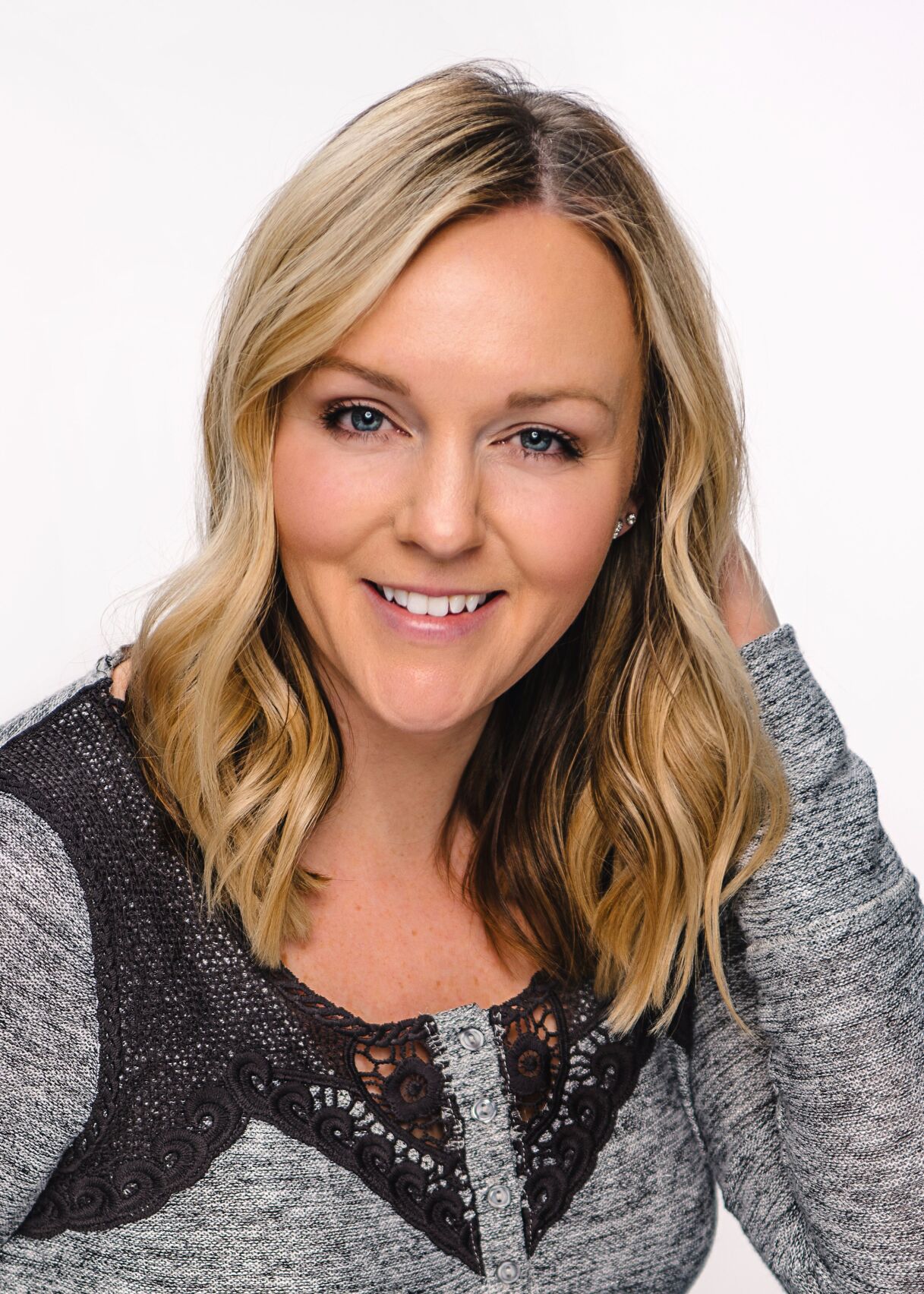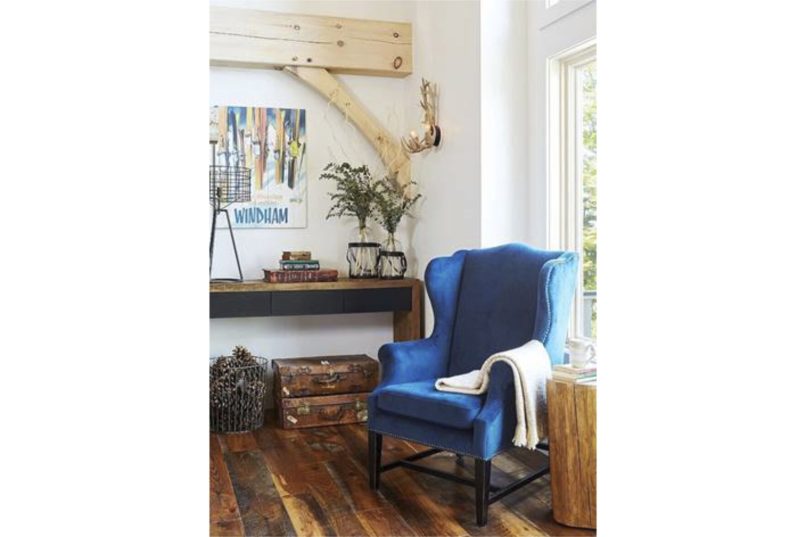My husband and I exchange looks as soon as we see a pregnant person show up on the television screen because he knows I’m about to say things like, “What?” “Really?!” and “Why?”
I understand that writers are trying to make their shows exciting, but the images shown often cannot be further from the reality of what the birth experience can be for prepared and supported birthers.
Here is some myth busting of common scenes played out on TV and in movies:
Myth No. 1: Labor always begins with waters breaking.
At term, only around 8% to 10% of labors begin this way. If the normal process is allowed to unfold, typically the bag of waters remains intact until the intense contractions of active labor.
The bag of waters serves as a layer of protection against infection, a cushion to the discomfort of contractions and wiggle room for baby to maneuver into the proper position.
When left to rupture on its own, sometimes the bag of waters ruptures just as the baby is coming out. And sometimes it doesn’t rupture at all — called an “en caul” birth.
Myth No. 2: The partner panics and is useful only in getting the laboring person to the hospital — and they often can’t find the keys.
Partners have the opportunity to be incredibly useful during labor. In 1962, Robert A. Bradley published an article outlining the ways in which birth experiences were improved when partners were educated on birthing techniques and invited into the birthing space. This was a novel concept because at that time partners were widely kept in the hospital waiting room. Thankfully Bradley was part of a movement that eventually allowed partners to be present and involved in the birth process.
A trained partner can aid in pain reduction, promote relaxation and help advocate for quality care. Research shows that continuous support in labor leads to higher levels of satisfaction.
If you are interested in having quality support from your partner, seek out a birth class that is independent of the hospital and focused on teaching labor stage-specific techniques for both birthers and their partners.
Myth No. 3: Pushing is done lying down or sitting inclined, usually under time pressure and with aggressive techniques like breath holding and purple-faced pushing.
There is no evidence of benefit in pushing this way. Spontaneous, mother-directed pushing in upright positions, and allowing plenty of time for the second stage is a much gentler approach for mother and baby, and can help prevent damage and distress.
Research shows that women who give birth in upright positions report higher levels of satisfaction and might shorten pushing. The American College of Obstetricians and Gynecologists stated in their guidelines for preventing unnecessary cesareans that providers should allow at least two to three hours of pushing, but longer durations might be appropriate in some cases, such as the mother having an epidural.
Myth No. 4: Laboring is done in the hospital, on the bed, and usually sitting or lying down.
Laboring at home as long as possible is a reasonable option for low-risk birthers who plan to give birth in the hospital setting. It can be more comfortable, and therefore more supportive of labor progress.
Another quick look to research will show that being upright and having freedom of movement will lead to the best outcomes. Choosing positions that will help labor progress, and avoiding positions that can slow labor or result in complication, can lead to a smoother birth.
Some families find that out-of-hospital birth presents the fewest obstacles to low-intervention or natural birth, and a quick review of research will show that out-of-hospital birth is a safe option for most birthers who prefer it.
The reality of birth doesn’t have to be the chaos you see on TV. Reach out. Get connected to a quality, evidence-based birth class to explore your full range of birthing options and prepare yourself and your partner for the kind of birth you desire.
Knipper is a certified birth educator and certified prenatal yoga instructor.














